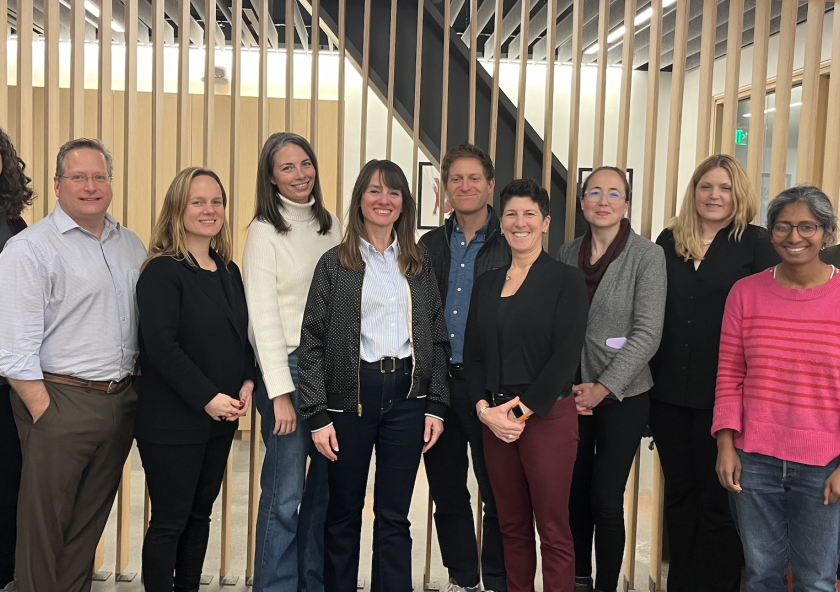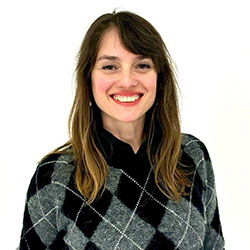
Q+A with Climate Action & Sustainability in Higher Education Program Visitor Ceren Sezer

Dr. Ceren Sezer is a Research Group Leader, RWTH Aachen University. She has a PhD in Spatial Planning and Strategy from Delft University of Technology, the Netherlands. Sezer came to MIT to learn more about the difference in sustainability approaches and goals across public/ private and a US/ European institutions.
What interested you about the Climate Action & Sustainability in Higher Education Program?
I was particularly interested in the program because it offers a unique perspective from MIT, which operates in a very different context from a European university which is where I am coming from and where my experience is. My university, RWTH Aachen University, is public university in Germany, while MIT is a private institution operating in a US environment, so the structural, cultural, and operational differences are fascinating to me. Additionally, MIT is leading in many areas and sustainability is one of them. Therefore, I was interested in learning how sustainability is embedded in its internal processes, the roles of people involved, and it's procedure and also overall environment that drives these initiatives. This program provides an incredible opportunity to gain insights into those aspects and compare them with the European context I’m familiar with. 
What were your biggest lessons learned from your time with the program and at MIT?
One of the biggest learnings from my time at MIT and with the program was seeing how clearly everyone’s roles are defined within MITOS. Everyone knows exactly what their responsibilities are, but there’s also a strong emphasis on collaboration. It’s not a siloed environment – there’s lot of teamwork and communication across roles, which impressed me. What made this even more interesting is that, while my group is a research group focusing on community collaboration practices for sustainable campus development, MITOS serves as an operational office. Despite this difference, MITOS’ approach gave me valuable insights into how I can structure my own junior group, what roles I could assign or what kind of specifications I should look for in the people that I will be hiring. It was very interesting and an inspirational learning environment in that sense.
Is there anything you learned in your time here that surprised you?
What surprised me during my time at MIT was realizing that, despite its reputation for being at the forefront of innovation, some of the challenges MIT faces in the sustainability and climate action are quite similar to those we encounter at my own university. It was interesting to see that even at an institution like MIT, where so many resources and expertise are concentrated, addressing complex issues like sustainability requires ongoing effort and collaboration. This was an important reminder that these challenges are universal, and even leading institutions are continuously working to improve and adapt.
What will you take back with you to your work at RWTH Aachen University
What I’ll take back with me to my work at RWTH Aachen University is the strong integration of evidence-based practice at MIT. Research and operations are seamlessly connected, with decisions and actions grounded in scientific evidence while always having a clear focus on practical implications. This approach resonates with me deeply, as I believe academic work should have real-world implications and contribute meaningfully to addressing social challenges. And I enjoy observing the work of the office and the collaboration with students. I’m eager to develop joint projects with MIT, including students, and I’m excited about exploring this opportunity further.

